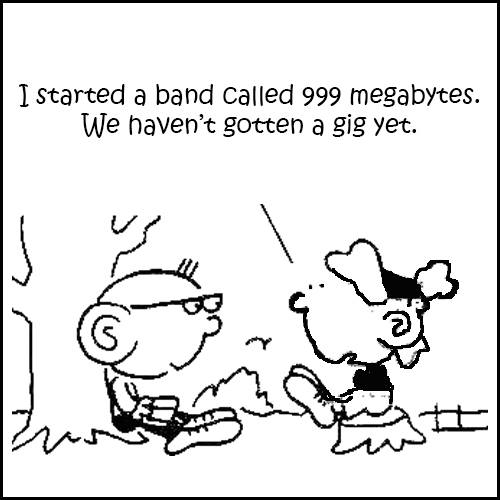
Introduction
A four-member member band decides they want to record some of their own music. They want to be able to create a professional sound but they don’t want to have to deal with the headaches associated with booking a recording studio, not to mention the cost. In addition, the band members want to be able to record some of their live performances. The question is, how? How do they setup their own studio, on a relatively small budget while still having the ability to take their studio with them to live gigs? The answer might be easier than you think.
In this program, we will look at the materials needed to create a studio for the band. We will help to guide them through the process of creating a studio. This course is designed for musicians and individuals interested in possessing the ability to create music or vocal/voice-over projects without spending an excessive amount of money to produce a quality recording.
Overview
This course requires that you have some background either in music or audio production. Typically, musicians who play an electronic instrument like keyboards/synthesizers or electric guitar adapt more easily. However, it is not necessary that you are a professional in either field but having some background will make the course easier and allow you to excel. It should also be noted that the course will discuss verious hardware and software components and as such, while not necessary to complete the course. If you have these various components and software you will be able to follow along exactly. If you do not have the same components and software, you will still be able to follow. However, there may be different procedures for such components and software and I will not be able to assist you directly but rather, more generally. For a list of components and software discussed in the course, please see the “Materials” page of this site.
About my Setup
When I began my setup, I originally just wanted to play my keyboard. Having become very good at playing it and creating MIDI setups on it, I wanted to add more sounds so I purchased the Proteus Orchestral/2 synthesizer module by EMU Systems and connected the two via MIDI. This MIDI connection, for those who aren’t familiar, is a communications protocol that primarily allows electronic instruments to communicate with one another. So, in my case, if I play middle C on my keyboard, a MIDI signal is transmitted to the Proteus and says that I am pressing middle C. Thus, any instrument setup in the Proteus will also sound middle C. Well, you say, that’s all fine and well about the MIDI, but how did you get the sound from the Proteus?
Good question! What is not shown in the diagram to the right was a portable mixer that I had at the time. The mixer combines all of the audio sources into one location and then funnels them to a master output and studio monitors or headphones. I replaced the mixer with yes, you guessed it, the Digital Audio Interface. But alas, I am getting ahead of myself. Now, let’s continue.
Next, I realized that, although good, some of the sounds didn’t quite sound the way I wanted them to sound so, I purchased an effects processor. The main reason for this purchase was to add reverb to the Proteus module. This made a lot of difference. Nevertheless, I won’t go into detail here but if you don’t know anything about effects processors there are many excellent sources on the web that can tell you all about them so, we will move on.
I feel it’s fair to tell you that I originally started this project in 1997 and this period was when computer tech was increasing in capability exponentially and I knew this, so I took my time in building my system, waiting for the right moment when I felt the technology had progressed to a satisfactory level for doing what I wanted in do. Indeed, it did.
Playing my keyboard is a great hobby, but I wanted to be able to record what I was playing. My early attempts were somewhat successful although akin to the recording artists of the early 20th century. I would record my music directly to CD-R via a stand alone CD player/recorder. The problem was that if I made any mistakes, I would have to start again, from scratch. Not very efficient nor inexpensive.
